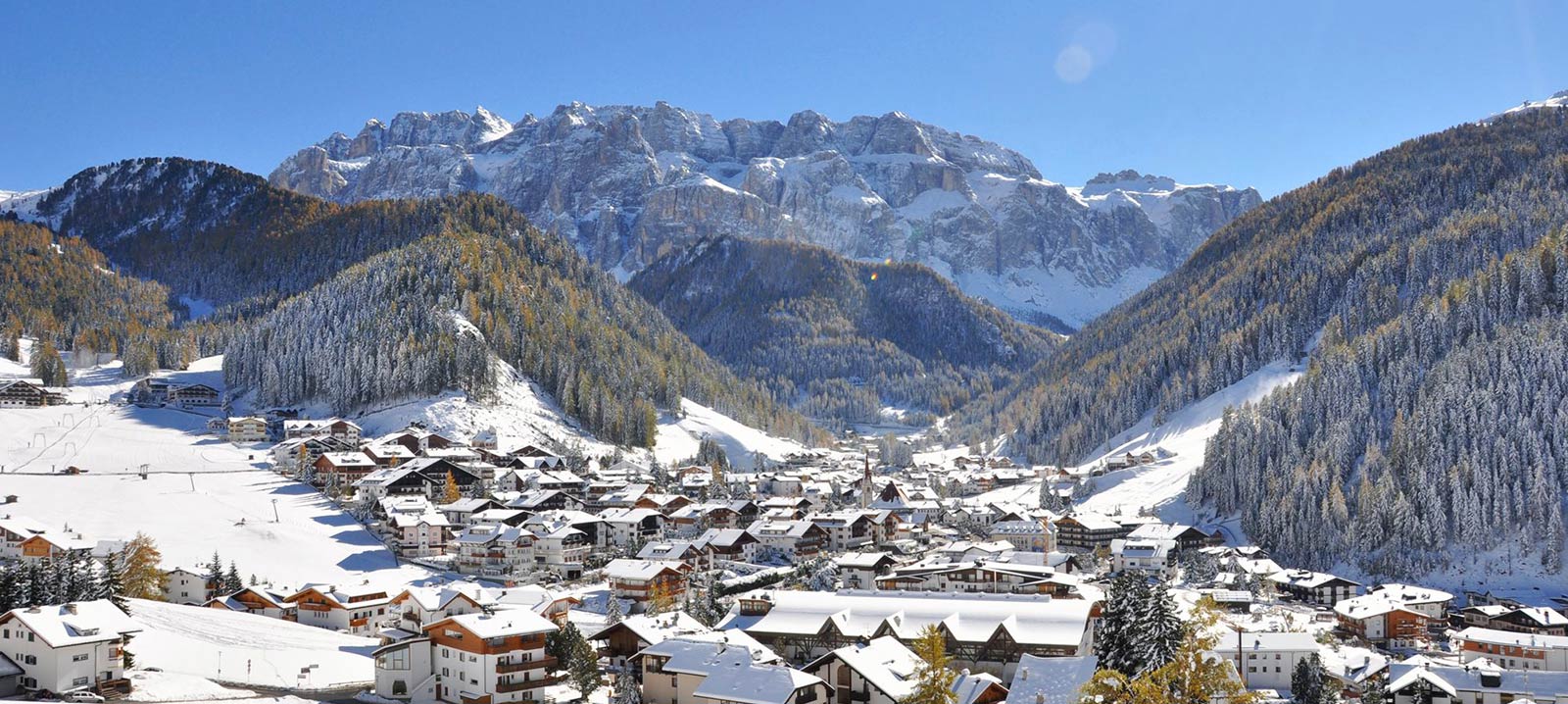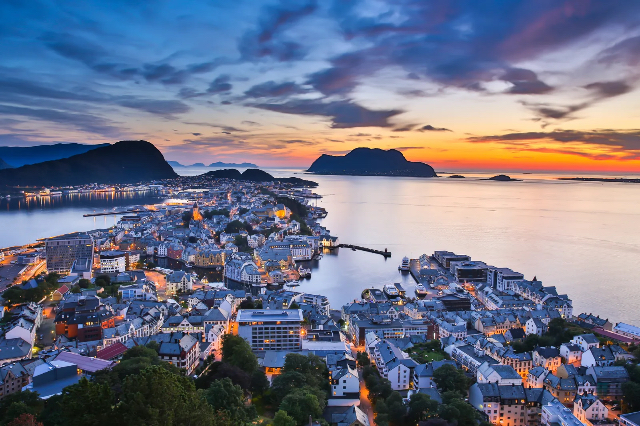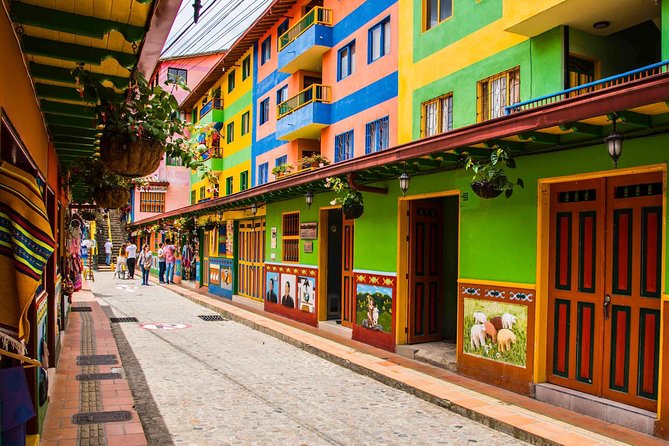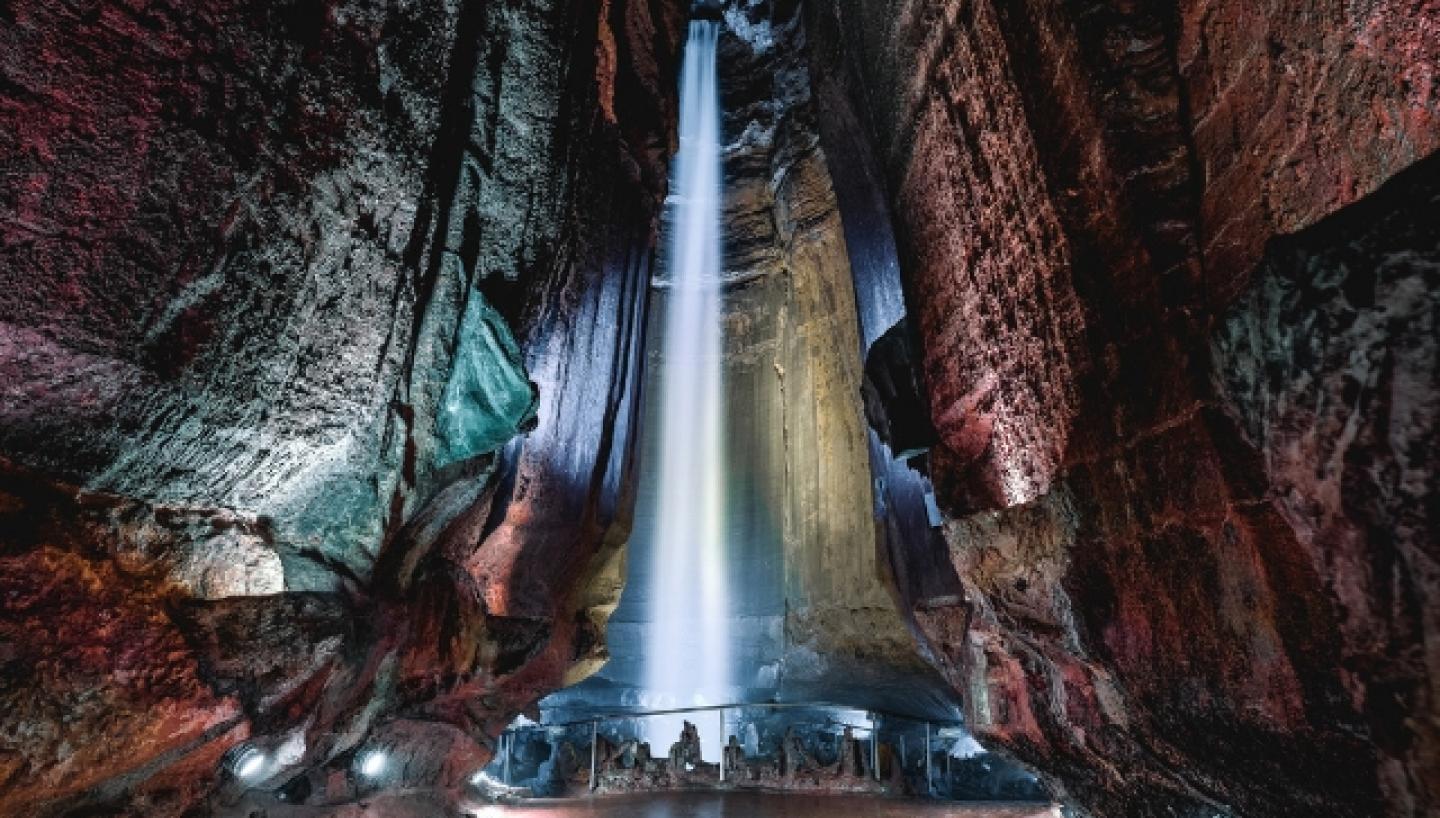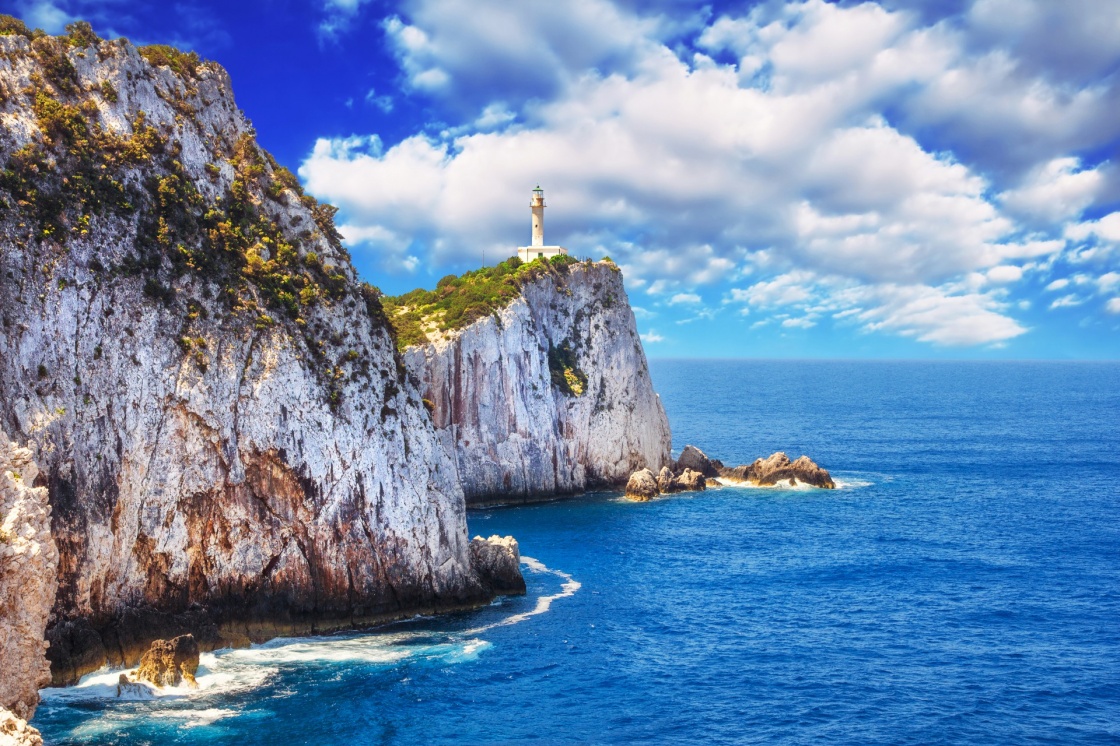Ponte di Legno was known in the past as Ponte Da Legno or Dalegno, known from documents from Carolingian times as Dalaunia. The origin of the word is uncertain, possibly relating to the people of the Anauni of Val di Non or the Genauni of Val Genova, mentioned in the Trophy of the Alps, but there are numerous place names of Celtic or Germanic derivation scattered throughout Europe with the termination -launum (a few examples: Alagna Valsesia; Caulonia; Reillanne, a French municipality known from antiquity as Alaunia; Aurania, now Vranja, an Istrian village; a Roman Aulania in present-day Britain), such that they do not lead to unanimous agreement.
City Hall
Former Vicinia Hall
The territory of the municipality of Ponte di Legno was part of ancient Dalaunia, which also included the present-day municipality of Temù.
It was first attested in a document in the diploma of July 17, 774, by which Charlemagne entrusted the Val Camonica to the monastery of St. Martin of Tours (Marmoutier Abbey):
" Donamus etiam ad prefatum sanctum locum valle illam que vocatur Camonia cum salto Candino vel usque in Dalanias cum montibus at alpibus a fine Treentina qui vocatur Thonale usque in finem Brixamcinse seu giro Bergamasci (…) "
(Monumenta Germaniae Historica diplomatum Carolinorum, July 16, 774 ev(Latin text available on wikisource))
Before that diploma it is possible, through the etymology of the Dalign dialect, to trace back to much older civilizations and peoples. Initially it is assumed that it was the Celts who inhabited this area, given the close links between their language and the Ponte di Legno dialect [unsourced].
Later even more highly evolved peoples with knowledge of metals and weapons arrived and are assumed to have come from the Salzburg plain. Unsure sources establish it was the Halstatt civilization.
The territory was occupied along with the rest of the Camonica Valley by the Romans, who established sedentary bases there both to facilitate trade via the Gavia and Tonale passes and to quickly suppress various rebellions, including of the Valtellina peoples.
Panorama from the Tonale
Under the Franks, around the year 1000, Dalegno obtained the right to have a baptismal font, without having to refer to that of the parish of Edolo.[3]
In 1158 the bishop of Brescia Raimondo: specifically, in regard to every honor, district and castellanza of Dalegno and of every right to impose tithe, such as exists now and will exist in time to come, that in the territory of Delegno and its appurtenances (…) and furthermore of the honor and district which the bishop has in Cimbergo be invested Pietro and Laffranco Martinengo.[4]
On January 18, 1350, the bishop of Brescia Bernardo Tricardo invests iure feudi of the rights of tithe in the territories of Dalegno the commune (vicinia) and the men of Dalegno].
At the Peace of Breno on December 31, 1397, the representatives of the Dalegno community, Giacomo di Faustino Favalino and the notary Antonio Pedercino of Davena, sided with the Ghibelline side.
On April 9, 1411, Giovanni Federici was rewarded by Giovanni Maria Visconti of Milan of the County of Edolo and Dalegno, separated from the Community of Valle Camonica.[7]
In the 17th century Gregorio Brunelli reported that the inhabitants migrated from October until May to the Brescia, Cremona and Milan states to bring sheep.
As for the history of the last century, Ponte di Legno experienced firsthand the two world wars, particularly the first one, being a main outpost between Italy and Austria.
On September 27, 1917, it was bombarded by Austrian cannons and quickly razed to the ground. On that occasion it was decided to call the main square of the town precisely Piazza 27 September. After the end of hostilities it was decided to start the reconstruction plan, which ended on September 3, 1922 with the presence of the King (Victor Emmanuel III) in the village. Later on July 4, 1929 the King by his decree granted the township the coat of arms.
Other important facts were the construction of the Berni Shelter at the Gavia Pass, the porphyry paving of the main streets of the village, the construction of the cinema in 1940, the construction of the kindergarten and state schools in the 1930s, and very important was the founding of the Ponte di Legno Ski Club in 1911, one of the first in Italy.
